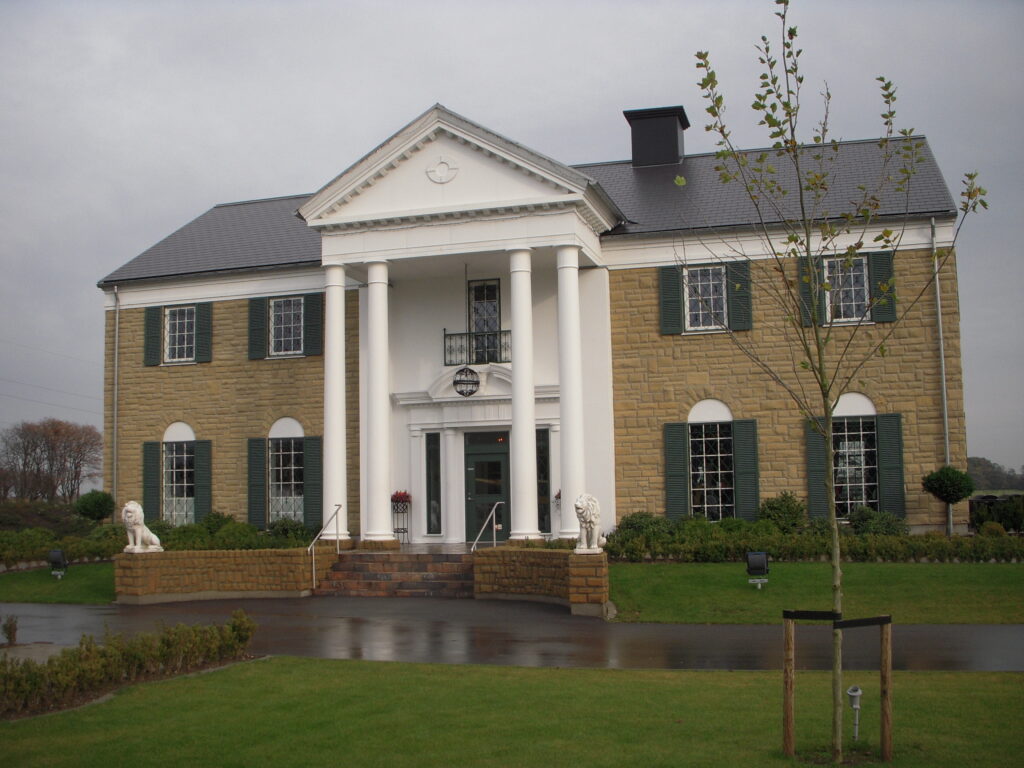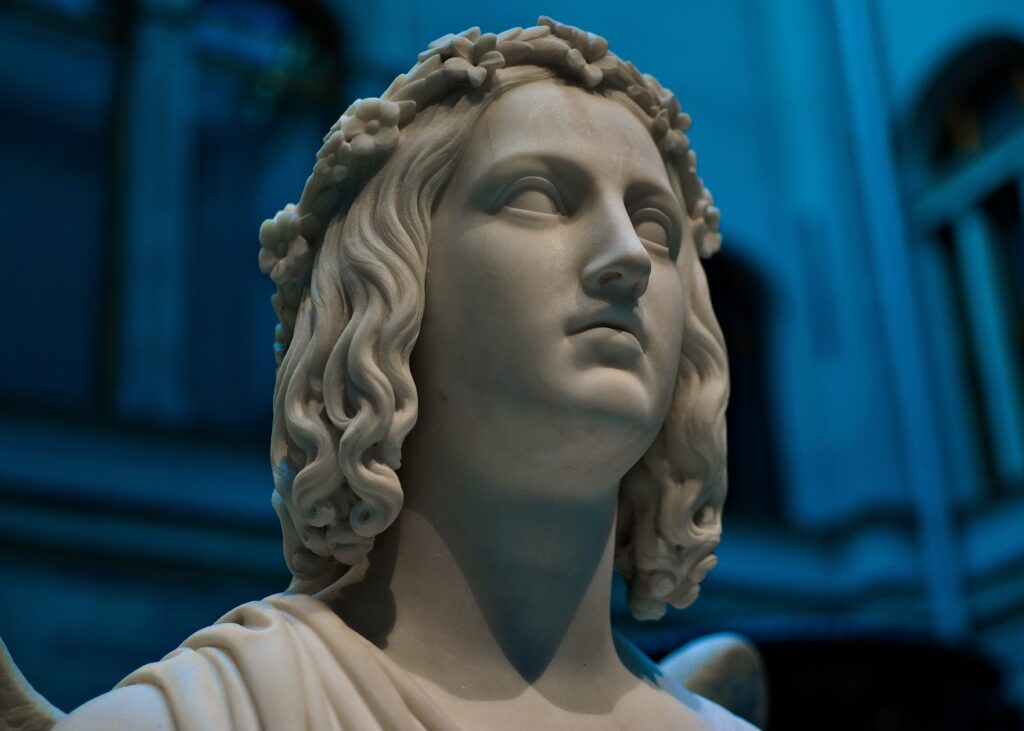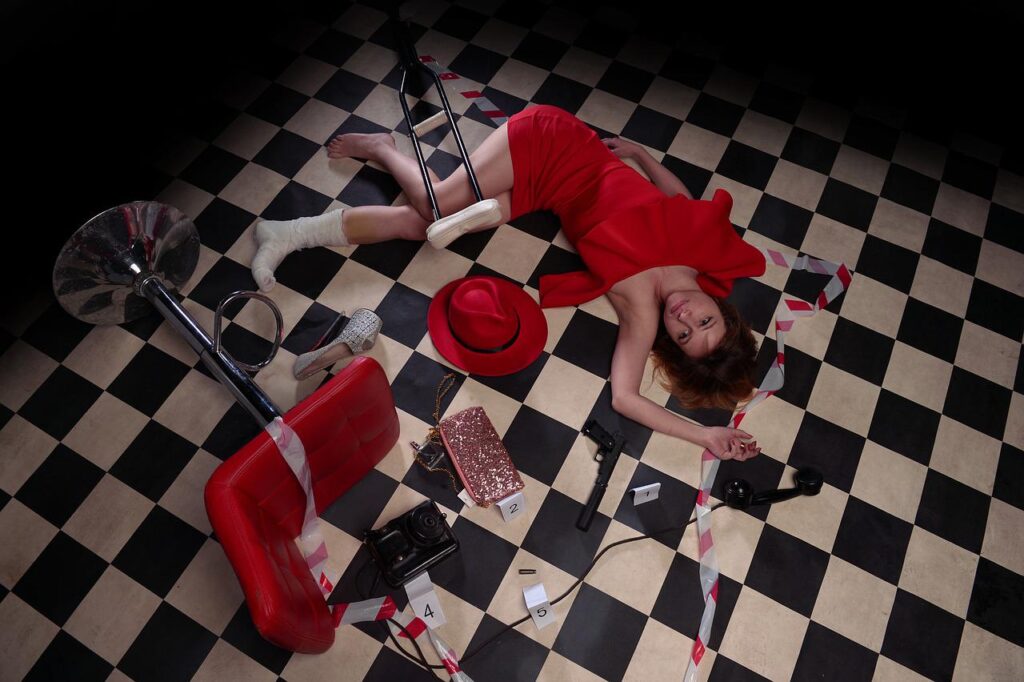Dragons in Norse Mythology | What Dragons Meant to Vikings
In the enthralling realm of Norse myths, where gods, giants, and magical landscapes weave tales of epic proportions, it is only natural for those delving into Nordic folklore to ponder the existence of dragons in Norse Mythology. The truth is, within this captivating tapestry, dragons stand as formidable and mythical entities, adding a layer of […]
Dragons in Norse Mythology | What Dragons Meant to Vikings Read More »









